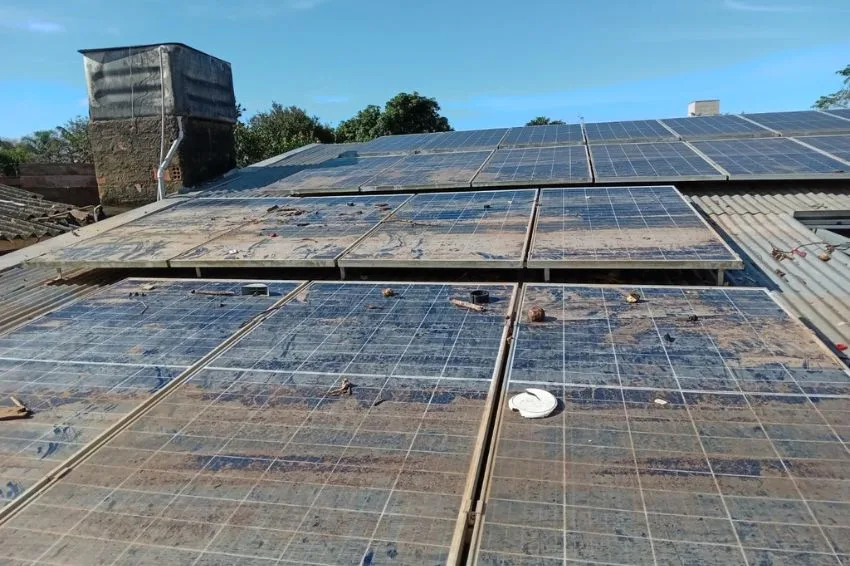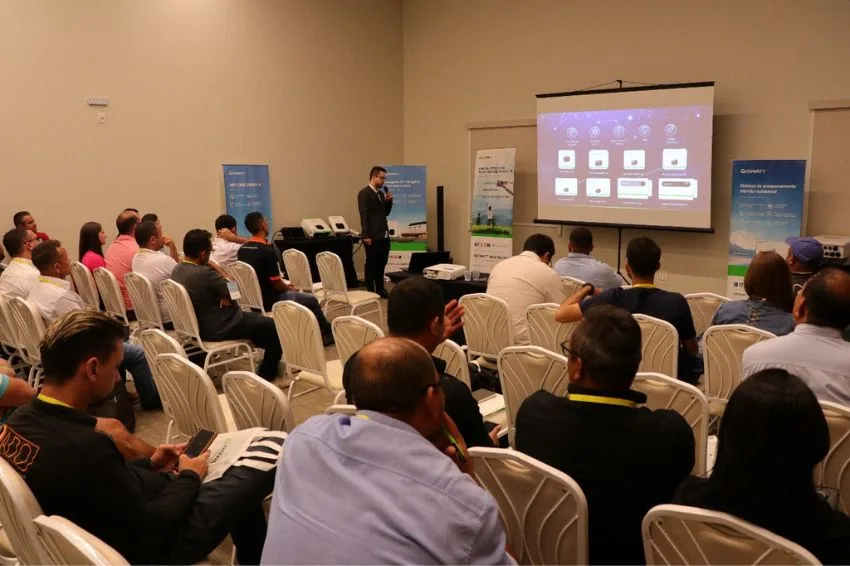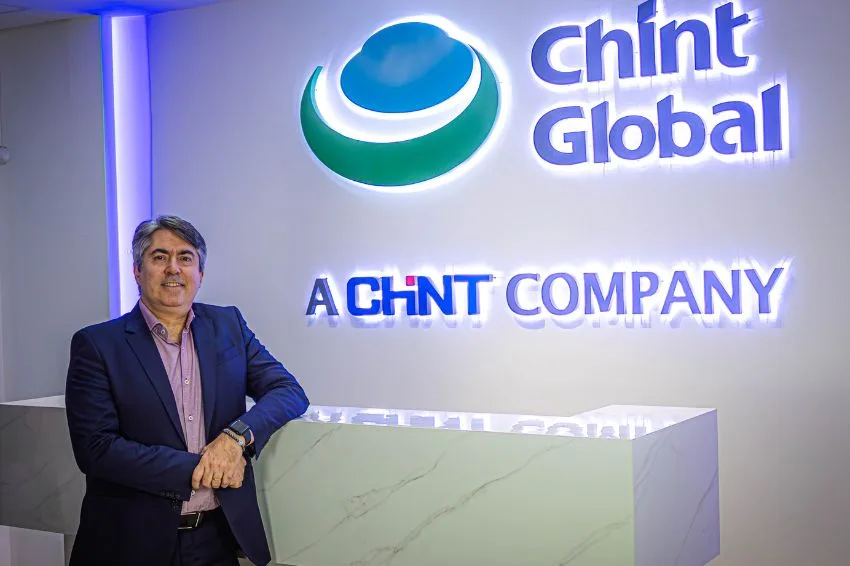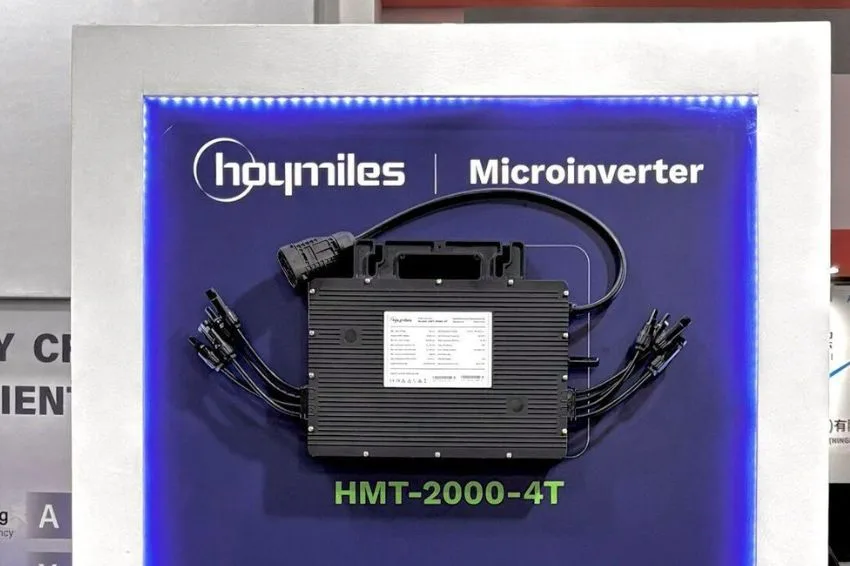Representatives of entities linked to the solar energy sector met, this Wednesday (18), with executives from Cemig (Companhia Energética de Minas Gerais) to discuss a technical alignment regarding the photovoltaic project rejections per flow reversal in Minas Gerais municipalities.
O meeting – carried out in Cemig headquarters - It is result of a series of public hearings, the last of which was held at ALMG (Legislative Assembly of Minas Gerais) on August 23, at the request by deputy Gil Pereira (PSD).
On the occasion, the difficulties faced by Minas Gerais consumers who want to generate their own energy through solar sources and who were not having their projects approved by Cemig were discussed.
In light of the complaints received, the concessionaire decided to convene some of the main entities in the solar energy sector to carry out technical alignment and reach a common denominator between all parties involved.
The meeting, held almost two months after the public hearing, was attended by entities such as: ABSOLATE (Brazilian Photovoltaic Solar Energy Association); ABGD (Brazilian Association of Distributed Generation); Crea-MG (Regional Engineering and Agronomy Council of Minas Gerais); MSL (Free Solar Motion) and Inel (National Clean Energy Institute).
“It was a debate with several technical presentations, where we proposed an agreement in which projects with up to 75 kW of power the issue of reverse flow is not discussed”, said Hewerton Martins, president and founder of MSL.
“Cemig’s standard provides for low voltage transformers up to 300 kVA, so if there is already a provision for consumers with a load, the same wire, energy standard and transformer can also be used for generation, it makes no sense to approve loads such as 30 kW motors. and prohibit generation of 5 kW, there is no logic in the process adopted by Cemig to disapprove projects on the grounds of lack of network”, he highlighted.
To the associations also asked that distributor no longer limits the installation of minigeneration orders (up to 1000 kWp) throughout the State of Minas Gerais, in the company's concession area.
The agreement of resolution he was forwarded to Cemig members, requesting agreement on a term response time of up to maximum 15 days. The entities' expectation is that the concessionaire accepts the initial terms proposed by the associations.
“We request a period of up to 15 days for Cemig to comment on the agreement now sent for analysis by its technical and legal team. If there is no response, we will resort to all administrative and judicial measures applicable at this point”, explained Marina Meyer Falcão, secretary of regulatory affairs at Inel and president of the energy law commission of the OAB (Brazilian Bar Association).
Caveats
The document sent to Cemig – prepared by the MSL and having the other sectoral associations as signatories – also has two reservations, the first of which provides that if the concessionaire rejects the access opinions, due to reverse flow or inversion of flow, the reports linked to any disapproval opinion must be produced with the following characteristics:
- Signed by an electrical engineer, with issuance of the respective ART (Technical Responsibility Note);
- Issued in the same way as the descriptive memorials that are charged to integrators for requesting access to the energy distributor's network;
- They must contain the data of the Substation to which the feeder is linked, with primary voltage (AT), secondary voltage (MT), feeder load currents (maximum and minimum load), in amps (A), distribution transformers connected to the feeder (by power in kVA), the distance from each one to the aforementioned Substation, to the point of the transformer at which the connection is being requested;
- They must inform the short circuit level (in MVA or in Amperes) of the substation and in the primary of the distribution transformer that will serve the connection (in MVA or in Amperes);
- They will contain a basic sketch (single-line diagram) of the substation, from the feeder to the location where the connection is being requested, subject of the rejection.
The second reservation foresees that the distributor follows the provisions of articles 73 and 104 of Resolution 1,000/2021, aiming to offer options for the flow or reversal of power to consumers other than connecting the systems only at night, from 7 pm to 5 am, and the costs of the works by the consumer.
Click here and check the complete document that was sent to the distributor, in which the Solar Channel had access through representatives of the associations present at the event.

















One Response
Good
Day ! In the integrators we are actually waiting for a solution, it seems to me that this had been promised in July (or June or August), ! And he only stayed in meetings!